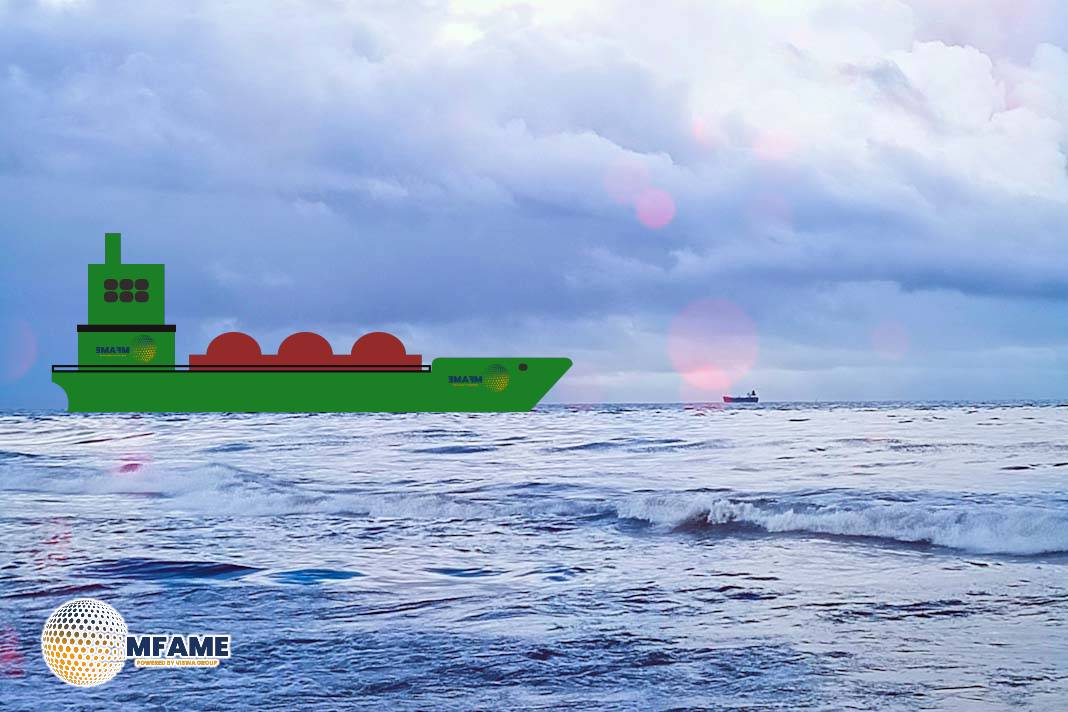 A fourth liquefied natural gas (LNG) cargo has been loaded from Russia’s heavily sanctioned Arctic LNG 2 project, despite ongoing challenges in finding buyers. The Christophe De Margerie, a former Sovcomflot Arc7 LNG tanker, joined three other sanctioned vessels in transporting LNG from the facility.
A fourth liquefied natural gas (LNG) cargo has been loaded from Russia’s heavily sanctioned Arctic LNG 2 project, despite ongoing challenges in finding buyers. The Christophe De Margerie, a former Sovcomflot Arc7 LNG tanker, joined three other sanctioned vessels in transporting LNG from the facility.
While the Northern Sea Route is now open, sanctions have created significant hurdles for the project, impacting both trade and production capacity.
Recent LNG Loadings and Vessel Activity
Since late June, four LNG cargoes have been loaded at the Arctic LNG 2 plant. The Christophe De Margerie, sanctioned by both the US and EU, is the latest vessel to load LNG from the site. Earlier shipments carried by the Iris, Voskhod, and Zarya remain anchored in Russian waters, with no confirmed buyers. Although the northern route is navigable, sanctions have discouraged potential customers in Asia, even with substantial price discounts.
Impact of Sanctions on Arctic LNG 2 Operations
The US sanctions aim to cripple Arctic LNG 2, a $25 billion project backed by President Vladimir Putin, intended to produce up to 19.8 million tonnes of LNG annually. Due to restrictions and limited access to foreign expertise and equipment, current operational capacity is estimated at roughly 6.6 million tonnes annually—about half of each train’s design capacity. The Christophe De Margerie’s return to service follows repairs in China, which were reportedly hampered by the unavailability of sanctioned critical parts.
The continued loading of LNG cargoes from Arctic LNG 2 highlights Russia’s determination to maintain energy exports despite extensive sanctions. However, with vessels unable to secure buyers and operational challenges limiting output, the long-term viability of the project remains uncertain. Until the sanctions landscape changes or new markets emerge, these shipments may remain adrift without a destination.
Did you subscribe to our daily Newsletter?
It’s Free Click here to Subscribe!
Source: Lloyd’s List















